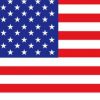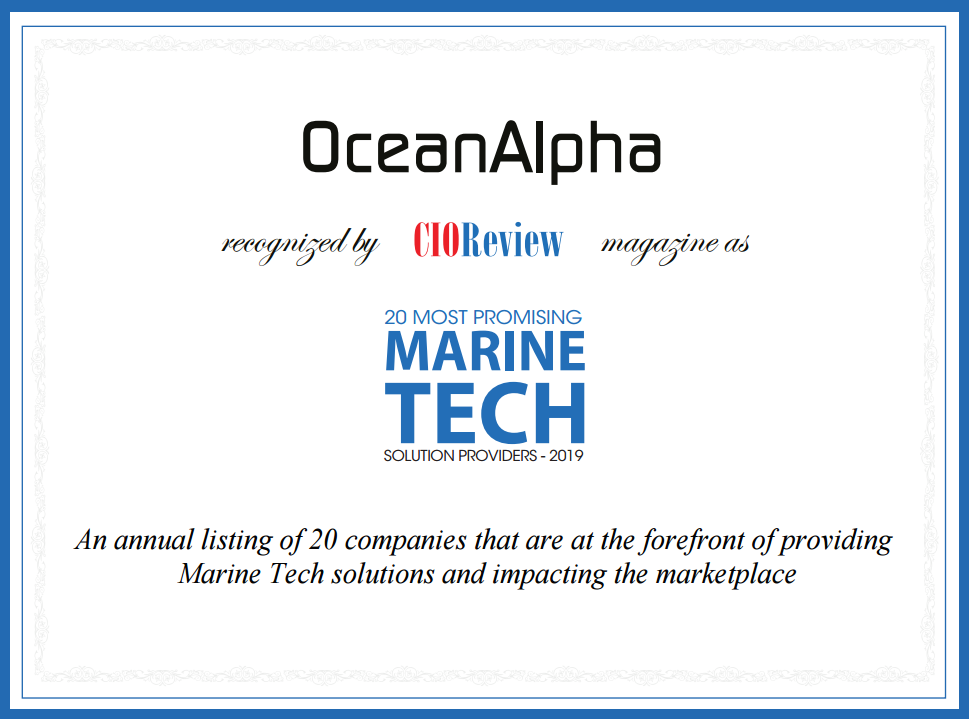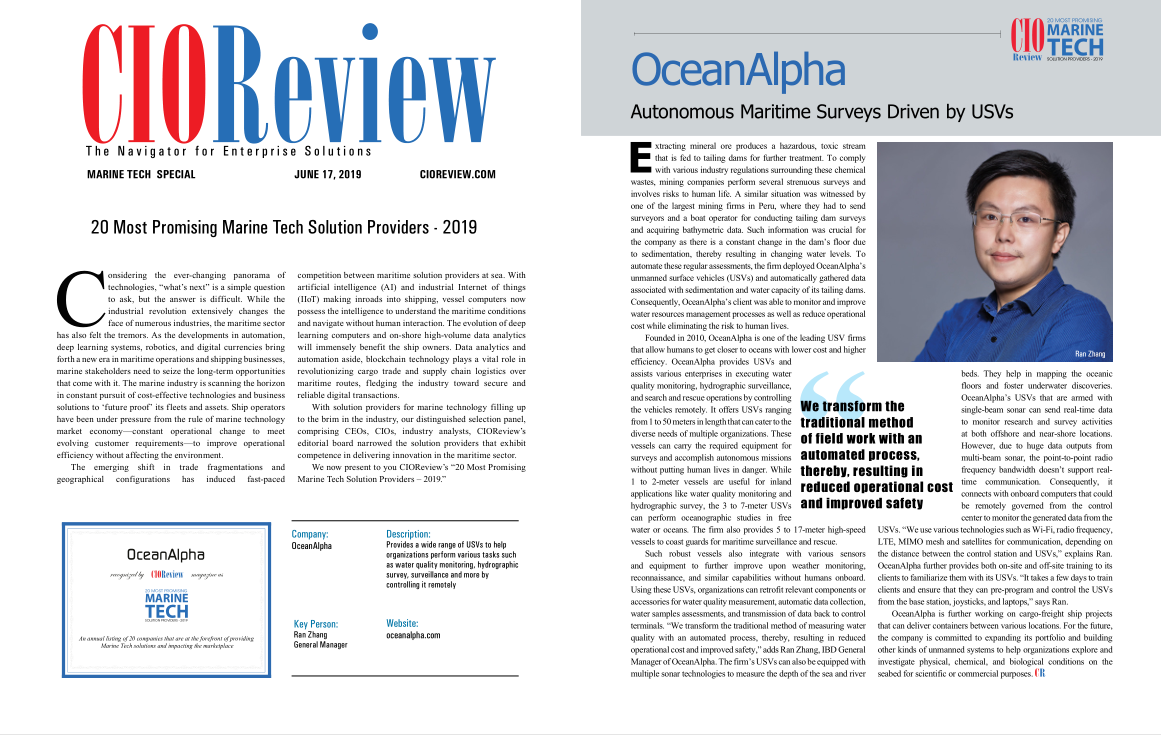OceanAlpha is honored to announced that the company has been included in the 20 Most Promising Marine Tech Solution Providers in 2019 list by CIOReview magazine in the special edition of Marine Tech 2019.
Please click here or see below to read the full article.
Extracting mineral ore produces a hazardous, toxic stream that is fed to tailing dams for further treatment. To comply with various industry regulations surrounding these chemical wastes, mining companies perform several strenuous surveys and involves risks to human life. A similar situation was witnessed by one of the largest mining firms in Peru, where they had to send surveyors and a boat operator for conducting tailing dam surveys and acquiring bathymetric data. Such information was crucial for the company as there is a constant change in the dam’s floor due to sedimentation, thereby resulting in changing water levels. To automate these regular assessments, the firm deployed OceanAlpha’s unmanned surface vehicles (USVs) and automatically gathered data associated with sedimentation and water capacity of its tailing dams.
Consequently, OceanAlpha’s client was able to monitor and improve water resources management processes as well as reduce operational cost while eliminating the risk to human lives.
Founded in 2010, OceanAlpha is one of the leading USV firms that allow humans to get closer to oceans with lower cost and higher efficiency. OceanAlpha provides USVs and assists various enterprises in executing water quality monitoring, hydrographic surveillance, and search and rescue operations by controlling the vehicles remotely. It offers USVs ranging from 1 to 50 meters in length that can cater to the diverse needs of multiple organizations. These vessels can carry the required equipment for surveys and accomplish autonomous missions without putting human lives in danger. While 1 to 2-meter vessels are useful for inland applications like water quality monitoring and hydrographic survey, the 3 to 7-meter USVs can perform oceanographic studies in free water or oceans. The firm also provides 5 to 17-meter high-speed vessels to coast guards for maritime surveillance and rescue. Such robust vessels also integrate with various sensors and equipment to further improve upon weather monitoring, reconnaissance, and similar capabilities without humans onboard.
Using these USVs, organizations can retrofit relevant components or accessories for water quality measurement, automatic data collection, water samples assessments, and transmission of data back to control terminals. “We transform the traditional method of measuring water
quality with an automated process, thereby, resulting in reduced operational cost and improved safety,” adds Ran Zhang, IBD General Manager of OceanAlpha. The firm’s USVs can also be equipped with multiple sonar technologies to measure the depth of the sea and river
beds. They help in mapping the oceanic floors and foster underwater discoveries.
OceanAlpha’s USVs that are armed with single-beam sonar can send real-time data to monitor research and survey activities at both offshore and near-shore locations. However, due to huge data outputs from multi-beam sonar, the point-to-point radio frequency bandwidth doesn’t support real-time communication. Consequently, it connects with onboard computers that could be remotely governed from the control center to monitor the generated data from the USVs. “We use various technologies such as Wi-Fi, radio frequency, LTE, MIMO mesh and satellites for communication, depending on the distance between the control station and USVs,” explains Ran.
OceanAlpha further provides both on-site and off-site training to its clients to familiarize them with its USVs. “It takes a few days to train clients and ensure that they can pre-program and control the USVs from the base station, joysticks, and laptops,” says Ran.
OceanAlpha is further working on cargo-freight ship projects that can deliver containers between various locations. For the future,
the company is committed to expanding its portfolio and building other kinds of unmanned systems to help organizations explore and investigate physical, chemical, and biological conditions on the seabed for scientific or commercial purposes.



